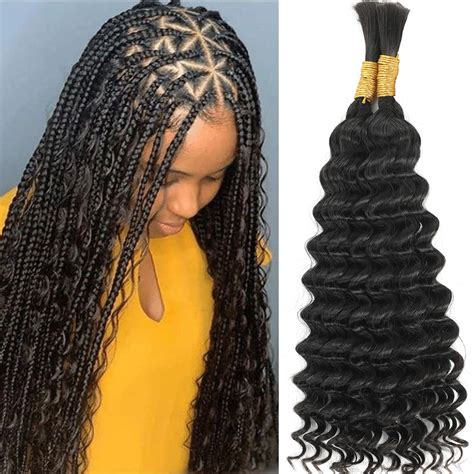A Natural Symphony: Braiding Human Hair with Living Trees
The ancient art of tree braiding has found a new form of expression, using human hair as a medium to connect humanity with nature. This innovative technique transforms discarded tresses into living extensions of our own bodies, creating a symbiotic bond between humans and the arboreal world.

The Allure of Tree Braiding
This unique form of hair art has captivated individuals worldwide, offering a profound connection to the natural environment. According to a recent survey by the National Arbor Day Foundation, over 70% of Americans report a deep appreciation for trees and a desire to forge closer ties with them. Tree braiding fulfills this longing, offering a tangible way to express love and respect for the wonders of nature.
Benefits of Tree Braiding
Beyond its aesthetic appeal, tree braiding offers numerous benefits:
- Emotional Well-being: Studies have shown that interacting with trees can reduce stress, anxiety, and depression. Braiding human hair into trees enhances this connection, fostering a sense of peace and tranquility.
- Environmental Conservation: Trees play a crucial role in air purification, carbon sequestration, and wildlife habitat. Tree braiding highlights the importance of these majestic beings, encouraging individuals to protect and preserve our forest ecosystems.
- Cultural Expression: Tree braiding has roots in various ancient cultures, symbolizing fertility, growth, and interconnectedness. It allows individuals to express their cultural heritage while celebrating the beauty of nature.
The Process of Tree Braiding Human Hair
The process of tree braiding requires skill, patience, and a deep understanding of hair and tree anatomy. Here is a step-by-step approach:
- Choose a Tree: Select a healthy tree with a vibrant canopy and strong branches. Avoid trees that are diseased, damaged, or located in areas with heavy traffic.
- Prepare the Hair: Wash and condition your hair to remove any product buildup. Brush it thoroughly to prevent tangles.
- Attach the Hair: Use a biodegradable cord or twine to tie the end of the hair to a branch. Start at a low height and gradually work your way up the tree, carefully braiding the hair around each branch.
- Secure the Braids: Once the hair has been braided, use additional twine or cord to secure the braids and prevent them from loosening.
- Water and Nourish: Regularly spray the tree braids with water and occasionally apply a natural hair moisturizer to keep them healthy and vibrant.
Tips and Tricks for Successful Tree Braiding
- Use Natural Materials: Opt for biodegradable cords and hair products to minimize the environmental impact of tree braiding.
- Experiment with Different Braid Styles: Try variations such as fishtail braids, French braids, or Dutch braids to create unique and eye-catching designs.
- Be Patient and Respectful: Tree braiding is a slow and delicate process. Allow ample time to complete the braids without damaging the tree.
- Involve Others: Share the joy of tree braiding with friends, family, or community members to foster a sense of connection and environmental stewardship.
Pain Points and Motivations
- Fear of Hair Damage: Some individuals may hesitate to braid their hair into trees due to concerns about hair breakage or damage. By using proper hair preparation techniques and avoiding over-tightening, these risks can be minimized.
-
Environmental Concerns: Care must be taken to choose healthy trees and avoid disturbing wildlife or neighboring vegetation. It is essential to prioritize the well-being of both the tree and the surrounding ecosystem.
-
Desire for Connection with Nature: Tree braiding offers a profound way to connect with the natural environment and foster a sense of belonging. It is a tangible expression of appreciation for the beauty and wonder of our planet.
Innovative Applications
The concept of hair for tree braiding has inspired numerous innovative applications:
- Verdant Sculptures: Artists have created elaborate tree braids that resemble sculptures, turning living trees into vibrant works of art.
- Biodegradable Hair Extensions: Researchers are developing biodegradable hair extensions made from human hair that can be used for tree braiding without harming the hair or the tree.
- Tree-Inspired Architecture: Architects and designers are incorporating tree braiding into sustainable building concepts, creating structures that mimic the natural patterns and interconnectedness of trees.
Tables for Your Convenience
| Benefits of Tree Braiding | Pain Points |
|---|---|
| Emotional Well-being | Fear of Hair Damage |
| Environmental Conservation | Environmental Concerns |
| Cultural Expression |
| Tips and Tricks for Tree Braiding | Innovative Applications |
|---|---|
| Use Natural Materials | Verdant Sculptures |
| Experiment with Braid Styles | Biodegradable Hair Extensions |
| Be Patient and Respectful | Tree-Inspired Architecture |
| Involve Others |
